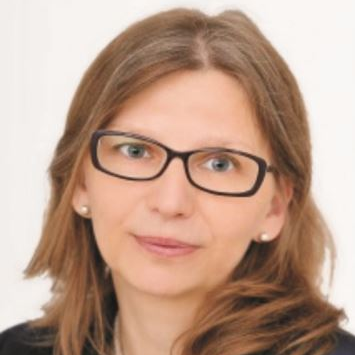Masonry Structures and Reinforced Concrete Structures (2nd Edition)
A special issue of Materials (ISSN 1996-1944). This special issue belongs to the section "Construction and Building Materials".
Deadline for manuscript submissions: 20 August 2024 | Viewed by 935
Special Issue Editors
Interests: masonry structures; concrete structures; material analysis; numerical analysis; non-destructive testing (NDT), minor destructive testing (MDT)
Special Issues, Collections and Topics in MDPI journals
Interests: masonry structures; concrete structures; material analysis; numerical analysis; NDT
Special Issues, Collections and Topics in MDPI journals
Interests: civil engineering; material analysis; non-destructive testing (NDT), masonry structures; concrete structures
2. Department of Civil Engineering, Polytechnic Institute of Coimbra, 3045-093 Coimbra, Portugal
Interests: civil engineering; decision support; multi-criteria analyses; housing; urbanism; urban regeneration
Special Issues, Collections and Topics in MDPI journals
Special Issue Information
Dear Colleagues,
Masonry and reinforced concrete are the most common materials applied in building structures and buildings. Developments in the field of material and construction solutions, modeling, and design methods have been ongoing in recent years. There is a tendency towards increasing the slenderness of masonry structures, improving strength parameters, and increasing sound as well as thermal insulation. New technological solutions not only refer to masonry units and mortar but also to internal reinforcement, superficial reinforcement, and even pre-stressing reinforcement. Special concrete types of high strength that aim to reduce shrinkage or use non-metallic reinforcements, both dispersed and structural, are all examples of reinforced concrete structures. Considerable progress has been made in the advancement of design methods for predicting structures’ durability and safety.
The first edition of this Special Edition mainly focused on new construction and material solutions in masonry and reinforced concrete structures. In the second edition, we want to extend the thematic scope to include research on and analyses of existing structures, so as to complement laboratory research on and theoretical analyses of the problems of real objects. Therefore, this Special Issue (second edition) calls for papers in (but not limited to) the following areas:
- Results from testing masonry units and mortar;
- Studies on concrete mixes and specimens of hardened concrete;
- Results from testing and analyzing masonry specimens;
- Studies on reinforced concrete units;
- Studies on and analyses of masonry walls;
- Studies on and analyses of reinforced concrete structures;
- Numerical modeling of masonry and reinforced concrete structures;
- Probabilistic analyses of structures;
- Development of new methods of designing;
- Identification of mechanical parameters of existing structures;
Examination of existing masonry and reinforced concrete structures.
Dr. Radoslaw Jasiński
Prof. Dr. Łukasz Drobiec
Dr. Izabela Skrzypczak
Prof. Dr. Eduardo Natividade-Jesus
Guest Editors
Manuscript Submission Information
Manuscripts should be submitted online at www.mdpi.com by registering and logging in to this website. Once you are registered, click here to go to the submission form. Manuscripts can be submitted until the deadline. All submissions that pass pre-check are peer-reviewed. Accepted papers will be published continuously in the journal (as soon as accepted) and will be listed together on the special issue website. Research articles, review articles as well as short communications are invited. For planned papers, a title and short abstract (about 100 words) can be sent to the Editorial Office for announcement on this website.
Submitted manuscripts should not have been published previously, nor be under consideration for publication elsewhere (except conference proceedings papers). All manuscripts are thoroughly refereed through a single-blind peer-review process. A guide for authors and other relevant information for submission of manuscripts is available on the Instructions for Authors page. Materials is an international peer-reviewed open access semimonthly journal published by MDPI.
Please visit the Instructions for Authors page before submitting a manuscript. The Article Processing Charge (APC) for publication in this open access journal is 2600 CHF (Swiss Francs). Submitted papers should be well formatted and use good English. Authors may use MDPI's English editing service prior to publication or during author revisions.
Keywords
- masonry units
- mortar
- concrete
- masonry structures
- concrete structures
- laboratory tests
- in situ tests
- probabilistic analyses
- numerical modelling
- methods of designing
Related Special Issue
- Masonry Structures and Reinforced Concrete Structures in Materials (26 articles)









